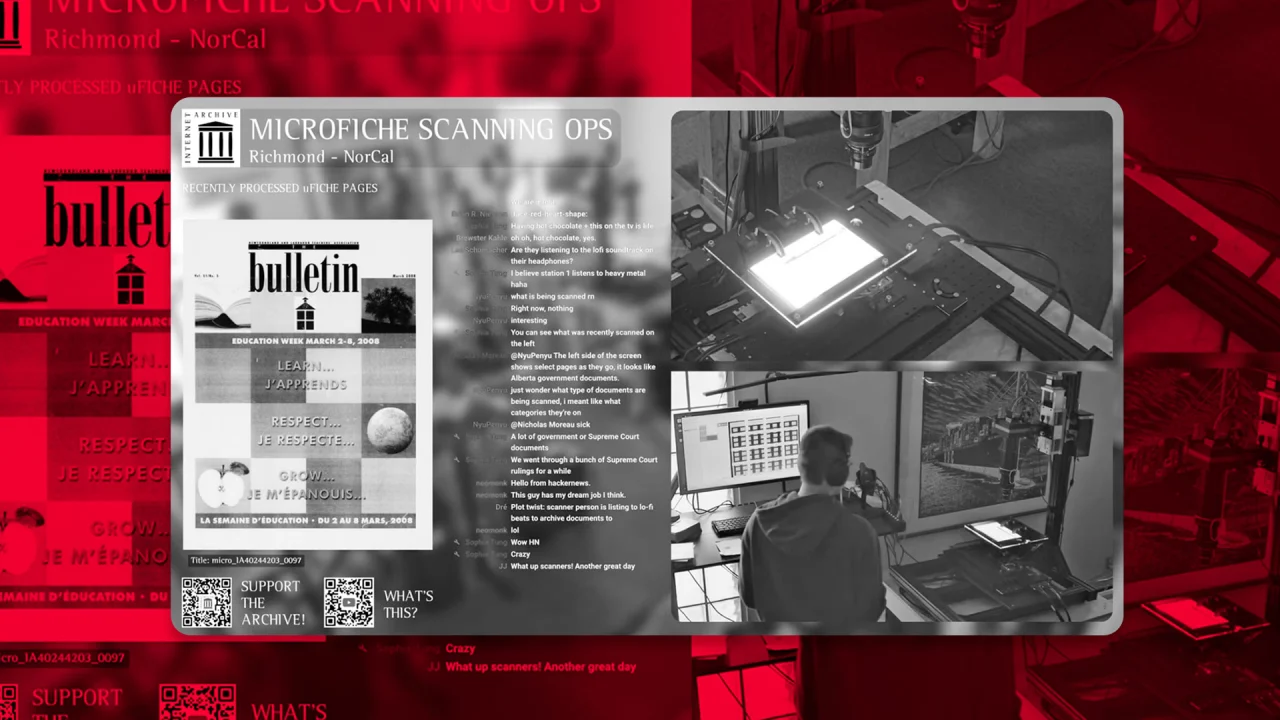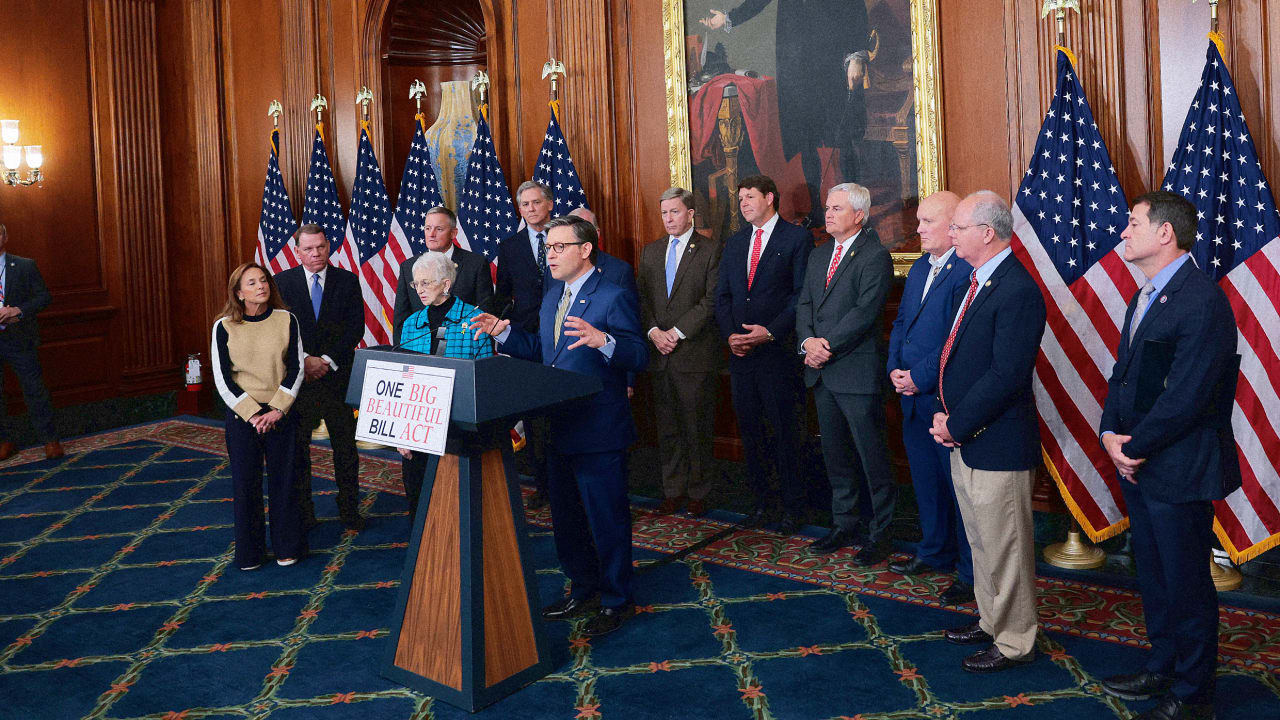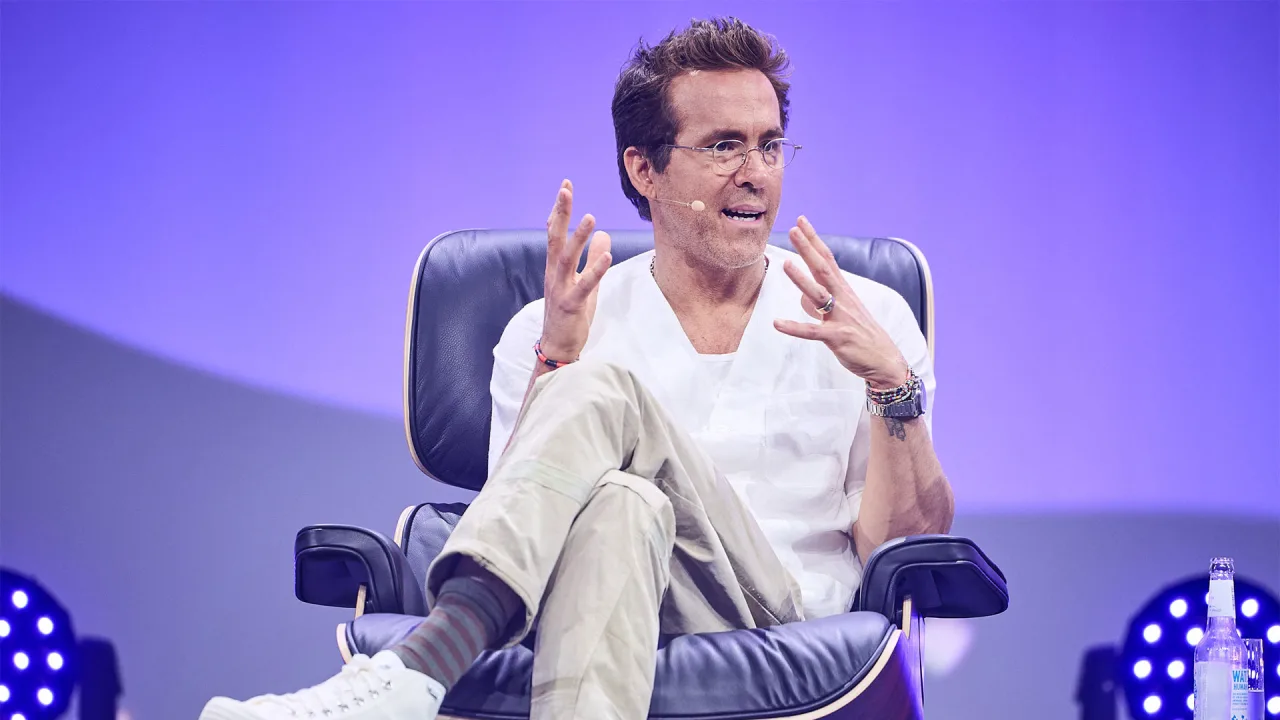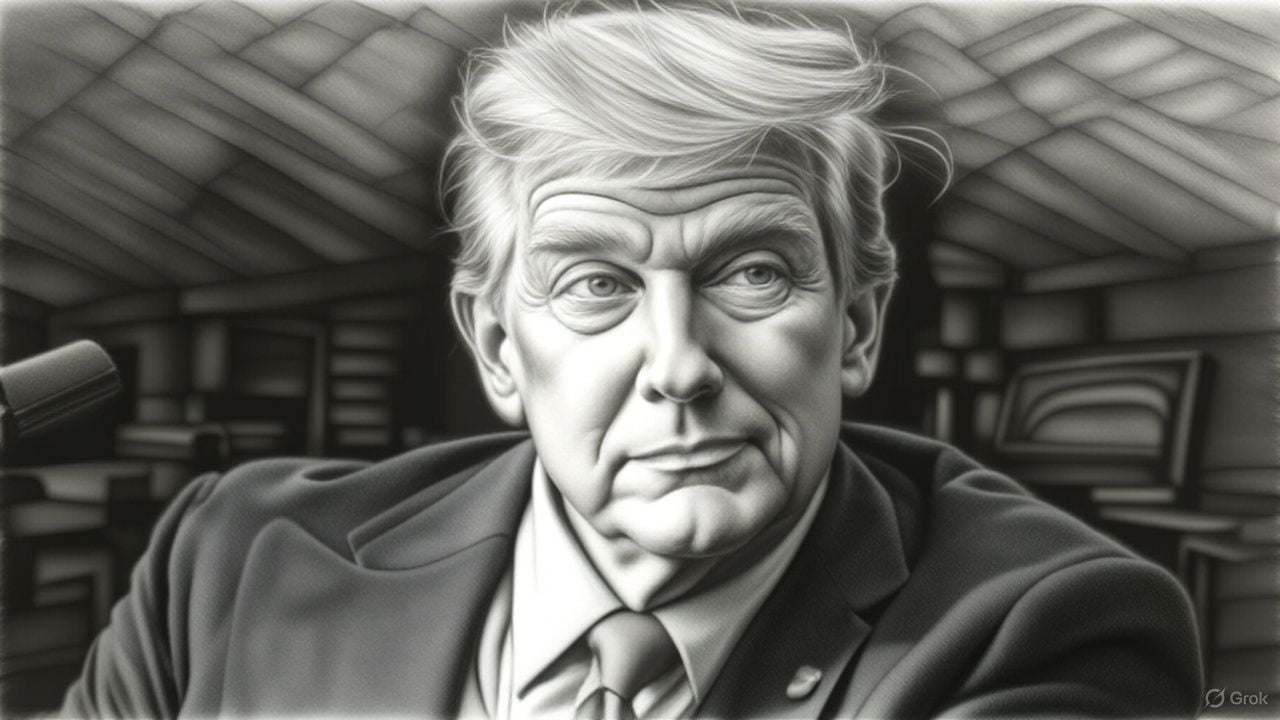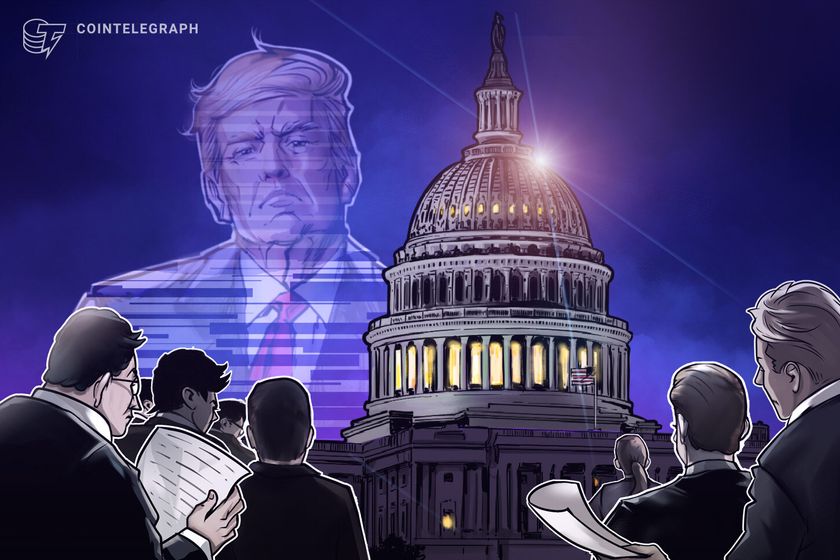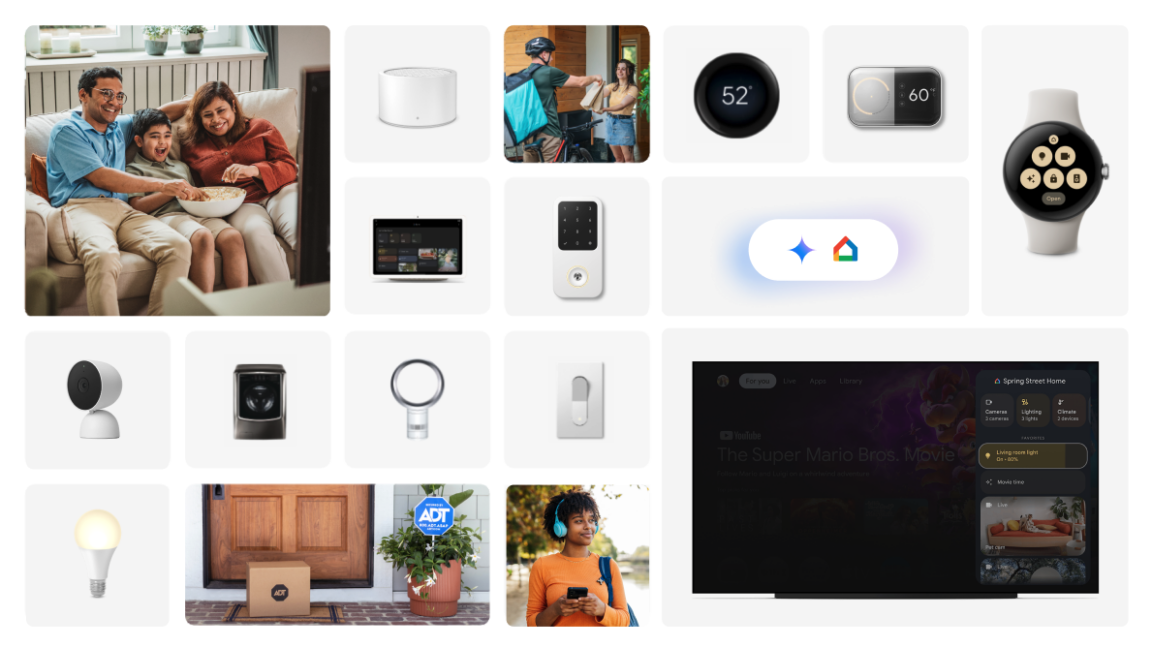Why your leadership team needs creatives, not just strategists
For decades, corporate leadership has been dominated by analytical prowess. Ascending the corporate ladder often meant demonstrating value through meticulous spreadsheets, precise forecasts, and detailed execution plans. Vision was acknowledged, but only when accompanied by a comprehensive road map. This paradigm, however, is shifting. In today’s era of rapid change, emotional complexity, and cultural fragmentation, linear strategies are insufficient. The most impactful leaders can envision new futures, cultivate emotional connections, and distill complexity into relatable narratives. The next generation of C-suite executives won’t just be adept operators; they will be architects of meaning. In short: They won’t just be strategists, but creatives. Rethinking Leadership: From Logic to Imagination Historically, businesses have prioritized logic over creativity, resulting in leadership cultures rich in data but deficient in imagination. But creativity is now paramount. A recent Gallup study revealed that only 30% of employees feel connected to their company’s mission or purpose, marking a record low in 2024. Notably, fully remote workers struggle even more with this connection, as physical distance often translates to a mental disconnect from their employer. Moreover, a Deloitte report found that only 26% of workers strongly agree that their employer treats them as whole individuals, recognizing their unique contributions and skills. These findings underscore a critical issue: The emotional infrastructure of leadership is faltering. Efficiency alone is no longer the answer; resonance is essential. This is where creatives come into play, not as peripheral marketers or consultants, but as integral members of executive leadership. Imagine a CEO who leads with storytelling, not just statements; a chief human resources officer (CHRO) who designs employee experiences with the finesse of an artist; a boardroom that embraces visuals, metaphors, and even moments of silent contemplation to navigate complexity. What Creative Leaders Do Differently Creative leaders transcend problem-solving; they reframe challenges, anticipate tensions, and design interactions with intentionality. They consider the emotional ripple effects of decisions and understand that before individuals commit to a plan, they must resonate with its underlying story. They recognize that logic informs, but emotion compels. In uncertain times, strategy provides direction, but storytelling fosters alignment. Data offers explanations, but design inspires action. These leaders treat organizational culture as a canvas, viewing each initiative as an opportunity for meaning-making. They might commence a product launch with a narrative circle instead of a sales chart, or conclude a quarterly review with a thought-provoking question rather than a performance dashboard. These practices aren’t gimmicks—they’re essential tools for leadership in an age where facts alone are insufficient. If Creatives Led the Boardroom Envision a leadership meeting that begins not with status updates but with the question: “What story are we living right now—and is it the one we want to be telling?” Instead of diving into objectives and key results (OKRs), the team members reflect on the narrative shaping their organization and assesses its alignment with their goals. Imagine strategy sessions resembling creative studios more than command centers. Whiteboards adorned with sketches, not just key performance indicators (KPIs); ambient music setting the tone; and silence embraced as a space for contemplation. In times of crisis, the initial inquiry isn’t “How do we manage this?” but “What does this moment ask of us as humans?” If this approach seems radical, it’s only because we’ve long separated creativity from leadership—a separation that’s contributed to misaligned teams, ineffective strategies, and stagnant organizations. A Real-World Example: Airbnb’s Creative Leadership Airbnb’s response to the COVID-19 pandemic is a tangible example of creative leadership. Facing unprecedented challenges, CEO Brian Chesky didn’t rely solely on traditional strategies. Instead, he embraced storytelling and design thinking to navigate the crisis. Chesky penned heartfelt letters to employees and hosts, transparently communicating the company’s challenges and decisions as the travel industry cratered. He prioritized the community’s well-being, supporting hosts, and implementing flexible guest policies. This empathetic approach reinforced Airbnb’s brand values and maintained trust during turbulent times. On top of that, Airbnb reimagined its platform, introducing online experiences to adapt to the new normal. This innovative pivot showcased the company’s ability to blend creativity with strategic foresight, ensuring resilience and continued engagement with its user base. A Framework for Expanding Creative Leadership in the C-Suite Integrating crea

For decades, corporate leadership has been dominated by analytical prowess. Ascending the corporate ladder often meant demonstrating value through meticulous spreadsheets, precise forecasts, and detailed execution plans. Vision was acknowledged, but only when accompanied by a comprehensive road map. This paradigm, however, is shifting.
In today’s era of rapid change, emotional complexity, and cultural fragmentation, linear strategies are insufficient. The most impactful leaders can envision new futures, cultivate emotional connections, and distill complexity into relatable narratives. The next generation of C-suite executives won’t just be adept operators; they will be architects of meaning. In short: They won’t just be strategists, but creatives.
Rethinking Leadership: From Logic to Imagination
Historically, businesses have prioritized logic over creativity, resulting in leadership cultures rich in data but deficient in imagination. But creativity is now paramount. A recent Gallup study revealed that only 30% of employees feel connected to their company’s mission or purpose, marking a record low in 2024. Notably, fully remote workers struggle even more with this connection, as physical distance often translates to a mental disconnect from their employer. Moreover, a Deloitte report found that only 26% of workers strongly agree that their employer treats them as whole individuals, recognizing their unique contributions and skills.
These findings underscore a critical issue: The emotional infrastructure of leadership is faltering. Efficiency alone is no longer the answer; resonance is essential.
This is where creatives come into play, not as peripheral marketers or consultants, but as integral members of executive leadership. Imagine a CEO who leads with storytelling, not just statements; a chief human resources officer (CHRO) who designs employee experiences with the finesse of an artist; a boardroom that embraces visuals, metaphors, and even moments of silent contemplation to navigate complexity.
What Creative Leaders Do Differently
Creative leaders transcend problem-solving; they reframe challenges, anticipate tensions, and design interactions with intentionality. They consider the emotional ripple effects of decisions and understand that before individuals commit to a plan, they must resonate with its underlying story. They recognize that logic informs, but emotion compels.
In uncertain times, strategy provides direction, but storytelling fosters alignment. Data offers explanations, but design inspires action. These leaders treat organizational culture as a canvas, viewing each initiative as an opportunity for meaning-making. They might commence a product launch with a narrative circle instead of a sales chart, or conclude a quarterly review with a thought-provoking question rather than a performance dashboard. These practices aren’t gimmicks—they’re essential tools for leadership in an age where facts alone are insufficient.
If Creatives Led the Boardroom
Envision a leadership meeting that begins not with status updates but with the question: “What story are we living right now—and is it the one we want to be telling?” Instead of diving into objectives and key results (OKRs), the team members reflect on the narrative shaping their organization and assesses its alignment with their goals. Imagine strategy sessions resembling creative studios more than command centers. Whiteboards adorned with sketches, not just key performance indicators (KPIs); ambient music setting the tone; and silence embraced as a space for contemplation.
In times of crisis, the initial inquiry isn’t “How do we manage this?” but “What does this moment ask of us as humans?” If this approach seems radical, it’s only because we’ve long separated creativity from leadership—a separation that’s contributed to misaligned teams, ineffective strategies, and stagnant organizations.
A Real-World Example: Airbnb’s Creative Leadership
Airbnb’s response to the COVID-19 pandemic is a tangible example of creative leadership. Facing unprecedented challenges, CEO Brian Chesky didn’t rely solely on traditional strategies. Instead, he embraced storytelling and design thinking to navigate the crisis.
Chesky penned heartfelt letters to employees and hosts, transparently communicating the company’s challenges and decisions as the travel industry cratered. He prioritized the community’s well-being, supporting hosts, and implementing flexible guest policies. This empathetic approach reinforced Airbnb’s brand values and maintained trust during turbulent times.
On top of that, Airbnb reimagined its platform, introducing online experiences to adapt to the new normal. This innovative pivot showcased the company’s ability to blend creativity with strategic foresight, ensuring resilience and continued engagement with its user base.
A Framework for Expanding Creative Leadership in the C-Suite
Integrating creative intelligence into the C-suite doesn’t require a complete organizational overhaul. It starts with a mindset shift—an openness to design as a way of leading, not just a way of presenting. These practices are not soft skills; they’re strategic competencies that help leaders unlock deeper engagement, innovation, and trust. Here are four ways to begin.
1. Sense before you solve. Initiate major discussions by exploring the emotional landscape. Ask “What are we feeling?” to surface insights beyond data. This practice creates space for intuition, unspoken dynamics, and early signals that often get overlooked in performance reviews or planning decks. When leaders learn to read the room, not just the metrics, they make decisions that resonate more deeply and stick longer.
2. Design the experience, not just the strategy. Recognize that every policy, product, and meeting shapes the employee experience. Deliberately craft these moments to align with the emotions and values you want people to carry forward. Whether it’s a town hall, onboarding journey, or performance conversation, the “how” matters as much as the “what.” Design-thinking principles—empathy, prototyping, and iteration—aren’t just for products; they belong in leadership, too.
3. Use storytelling as a strategic tool. Move beyond declarations. Weave in narratives that encapsulate vision, challenges, and aspirations, fostering deeper connection and shared identity. A well-told story doesn’t just inform—it invites participation. It helps teams locate themselves inside a larger arc of meaning and progress. Leaders who communicate in narrative terms create alignment not just through direction, but through emotional coherence.
4. Invite diverse perspectives. Incorporate voices from artists, designers, facilitators, and other creative thinkers to challenge assumptions and expand the lens. These perspectives introduce new metaphors, fresh language, and alternative ways of making sense of complexity. When we bring in people who see the world differently, we don’t dilute business thinking—we deepen it. Innovation thrives at the intersection of difference.
The Future of Leadership: A Studio, Not Just a War Room
We’ve reached the limits of what linear thinking can achieve. Addressing challenges like cultural fragmentation, technological disruption, and global crises requires not just intellect but imagination. Future leaders won’t merely ask “How do we grow?” but “What are we growing toward, and who do we aspire to become?” They will:
- Design rather than direct.
- Curate experiences instead of solely managing outcomes.
- Imagine possibilities beyond analyzing current realities.
Because the future of business isn’t something to be managed into existence—it needs to be imagined, crafted, and brought to life through creative leadership. This isn’t about replacing strategy with art. It’s about integrating the two so that organizations can lead not only with precision, but with vision. The companies that thrive in the coming years will be the ones bold enough to create what doesn’t yet exist, and human enough to make it matter.





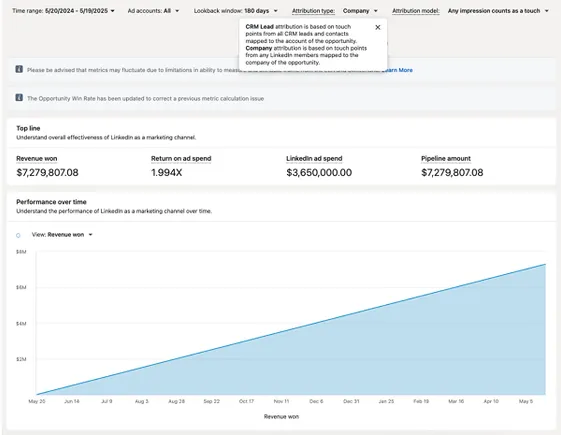








.png)

















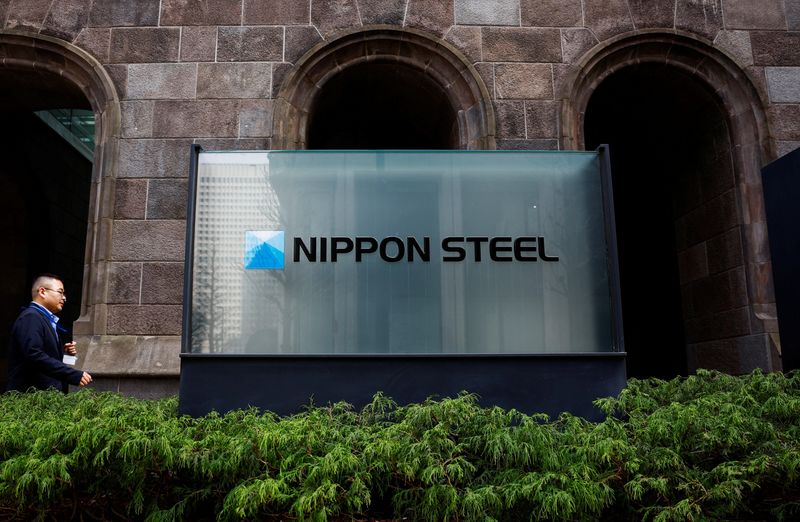


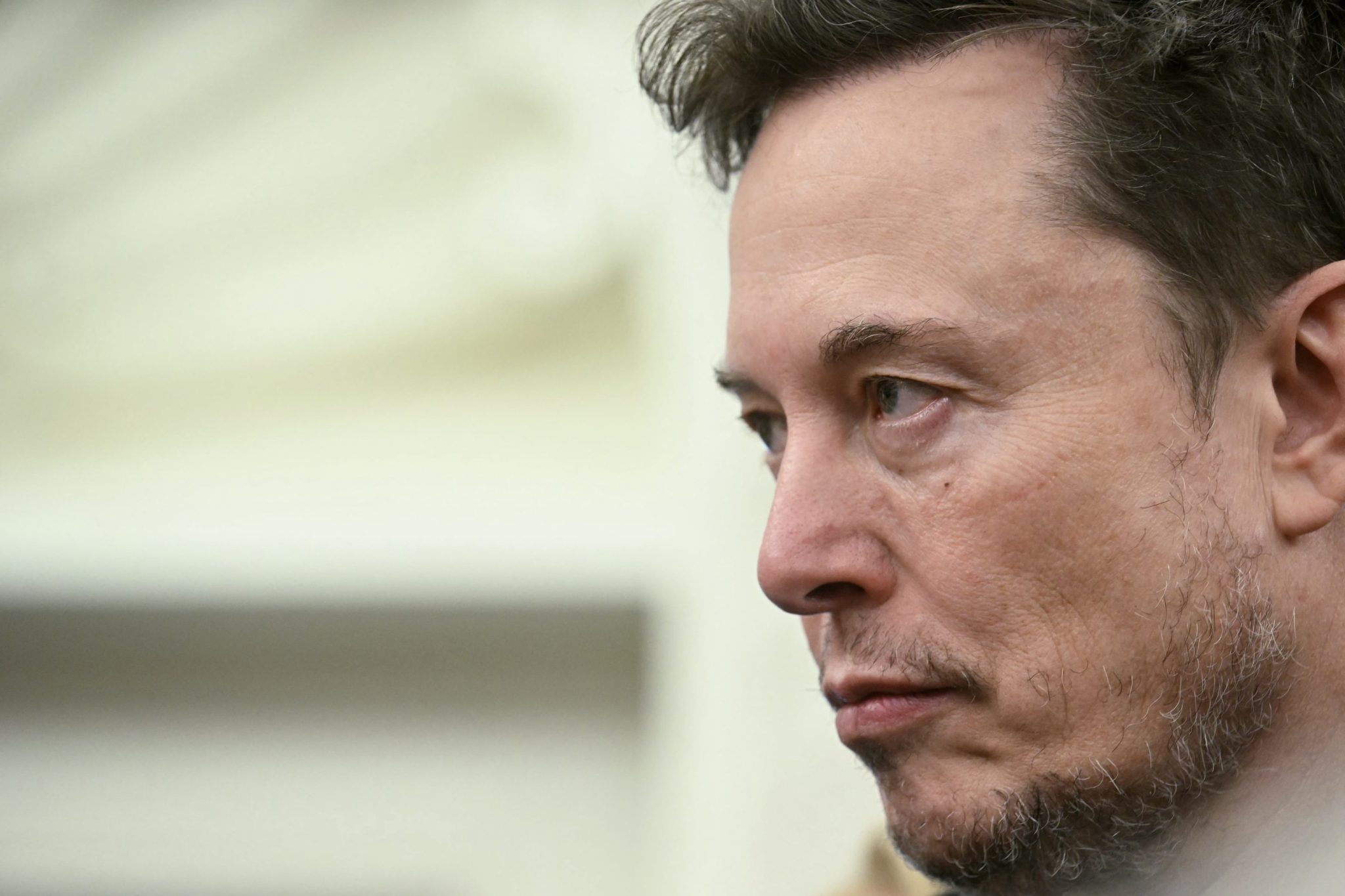


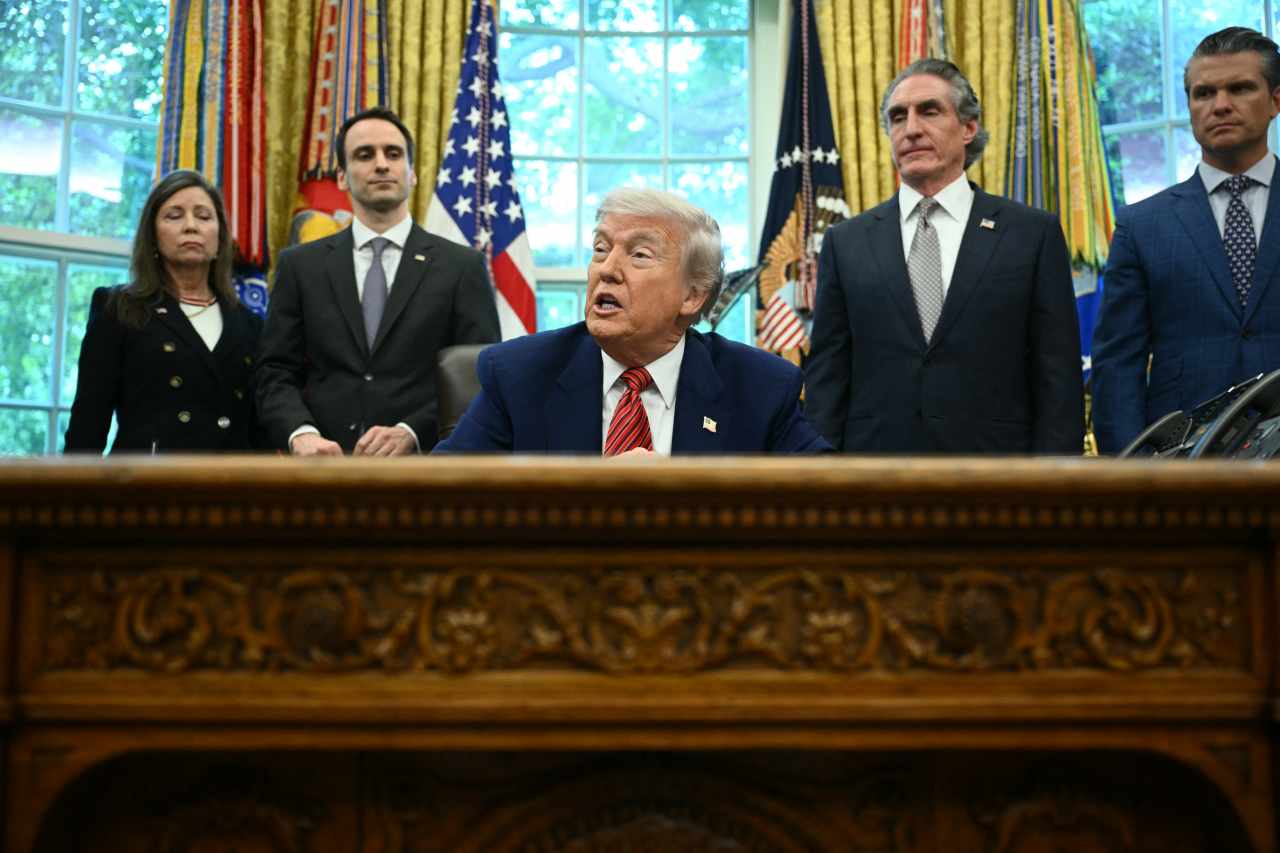


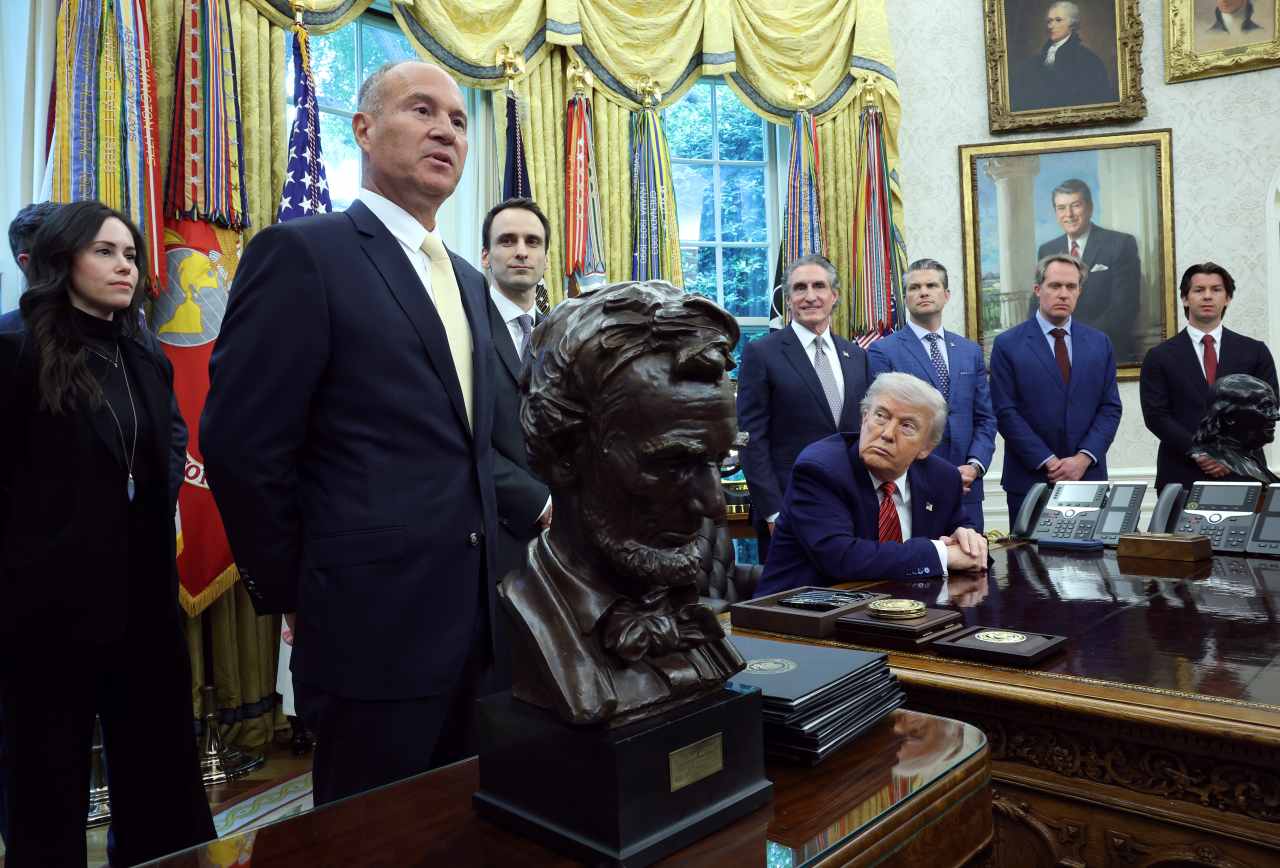

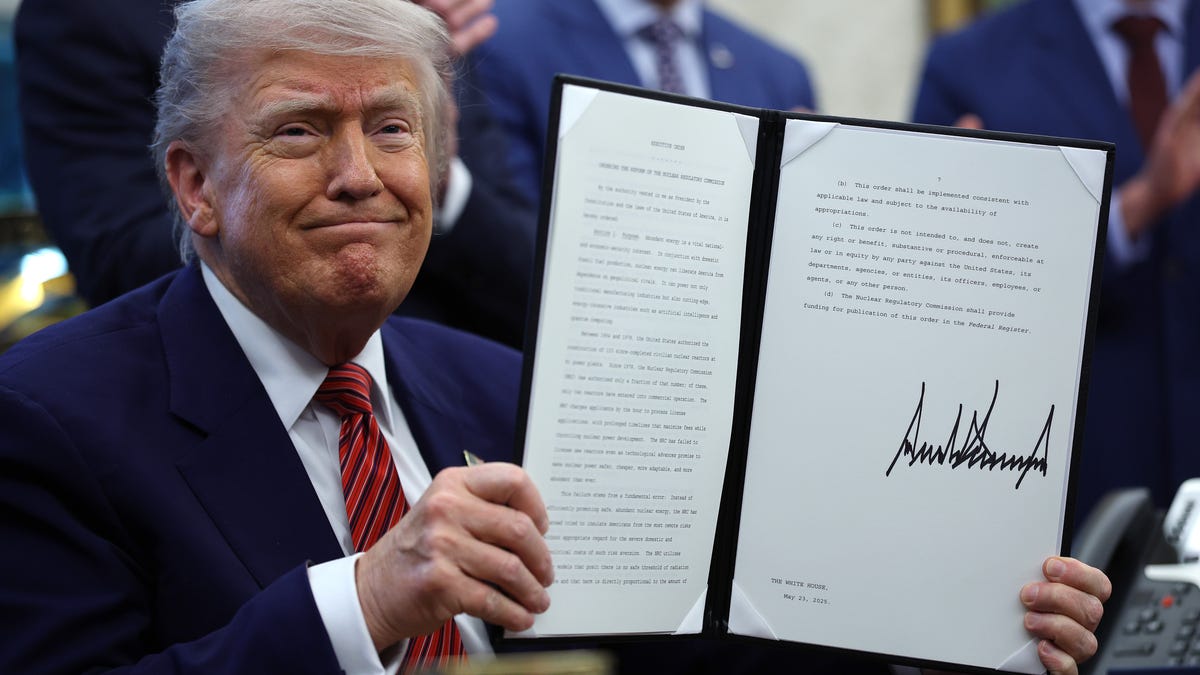







![[Weekly funding roundup May 17-23] VC inflow remains steady](https://images.yourstory.com/cs/2/220356402d6d11e9aa979329348d4c3e/Weekly-funding-1741961216560.jpg)









